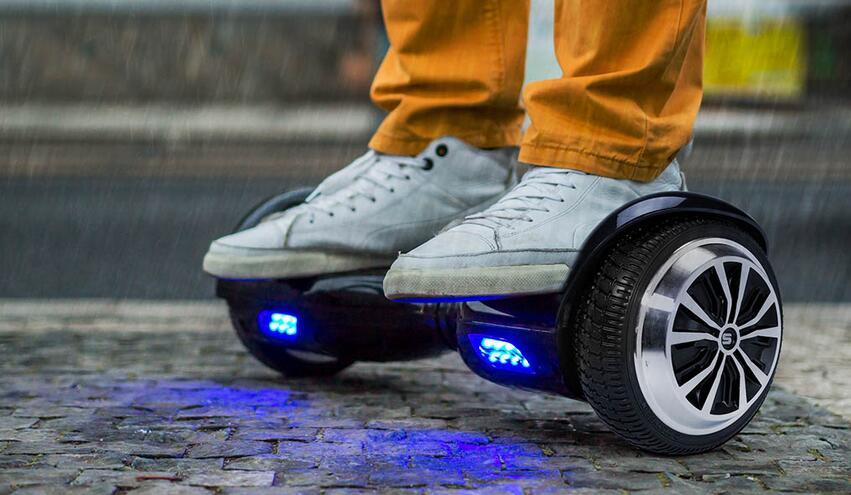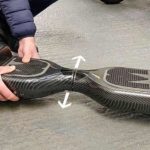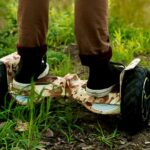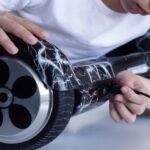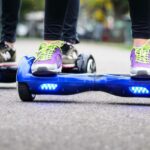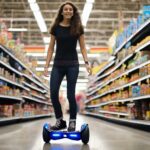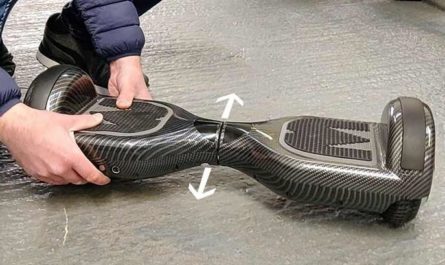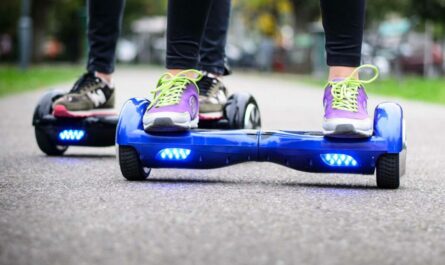Hoverboards, the modern marvel of personal transportation, have soared in popularity. But amidst the excitement, an essential question often arises: Are hoverboards waterproof? In this article, we will discuss nuances of water resistance in hoverboards, helping you make informed decisions about your device’s safety and maintenance.
Table of Contents
Understanding Water Resistance Ratings
Before we can address the water resistance of hoverboards, it’s critical to understand the IP (Ingress Protection) rating system. This international standard measures the level of protection offered by a device against various forms of intrusion, including dust and moisture.
IP Ratings Explained:
- IPX0 – No protection from water.
- IPX1 to IPX6 – Protection against varying intensities of water, from vertical drips to powerful jets.
- IPX7 – Can be submerged up to 1 meter in water for 30 minutes.
- IPX8 – Can withstand submersion beyond 1 meter, with the exact conditions specified by the manufacturer.
For hoverboards, a higher second digit in the IP rating denotes better water resistance.
Hoverboards typically have IP ratings ranging from IPX4 to IPX7, offering varying degrees of water resistance. An IPX4 rating means that the hoverboard is protected against splashing water from any direction. While an IPX7 rating means it can handle temporary immersion in water for up to 30 minutes.
It’s important to note that no hoverboard is entirely waterproof, but higher IP ratings provide better protection against water damage.
The Risks of Water Damage to Hoverboards
Water and electronics seldom mix well, and hoverboards are no exception. Water exposure can lead to irreparable damage to the internal components, rendering the device inoperable.
Common scenarios where hoverboards may encounter water include accidental spills, riding through puddles, or using them during light rain. Even a small amount of moisture can seep into the internal circuitry, causing malfunctions or short circuits.
It’s imperative to understand the limitations of your hoverboard’s resistance to water to avoid costly damage. Using a non-water-resistant hoverboard in wet conditions can lead to irreversible damage, voiding any warranty or guarantee.
Are Any Hoverboards Truly Waterproof?
The term “waterproof” can be misleading, as no hoverboard is entirely impervious to water. Most hoverboards are designed to be water-resistant to some degree, meaning they can handle light moisture but are not intended for full submersion.
A truly waterproof hoverboard is rare, and even those with higher IP ratings should not be submerged in water unless expressly designed for such conditions.
While no hoverboard is completely waterproof, some models offer better water resistance than others. These models are built with enhanced waterproofing measures, such as reinforced casings, sealed connections, and specialized protective coatings.
However, it is important to note that even these models may have limitations and should be used with caution in wet environments.
How to Check If Your Hoverboard Is Water Resistant
To determine your hoverboard’s level of water resistance, follow these steps:
- Locate the IP Rating: Check the product specifications, user manual, or manufacturer’s website for the hoverboard’s IP rating. The IP rating should be clearly stated, indicating the device’s water resistance capabilities.
- Decipher the Rating: Once you have identified the IP rating, refer to the IP rating chart to understand what level of water exposure your hoverboard can withstand. Keep in mind that a higher IP rating indicates better water resistance.
While checking the IP rating is an important step, it’s also crucial to use common sense and avoid exposing your hoverboard to excessive moisture or submerging it in water, regardless of the IP rating.
Best Practices for Using Hoverboards in Wet Conditions
If you find yourself needing to use your hoverboard when conditions are damp, consider these safety precautions:
- Avoid Puddles: Steer clear of any standing water or large puddles. Even if your hoverboard has a high IP rating, it’s best to avoid unnecessary exposure to water.
- Dry After Use: After riding your hoverboard in wet conditions, make sure to dry it thoroughly. Use a soft cloth or towel to remove any moisture, paying special attention to the charging port and sensitive areas.
- Check for Damage: Regularly inspect your hoverboard for any signs of water ingress or damage. Look for corrosion, rust, or any unusual behavior. If you notice any issues, it’s crucial to address them promptly to prevent further damage.
By following these best practices, you can help minimize the risk of water damage to your hoverboard and ensure its longevity.
Maintenance Tips to Enhance Water Resistance
Regular maintenance can help protect your hoverboard from water damage. Here are some tips to enhance its water resistance:
- Use Protective Accessories: Consider using hoverboard covers or silicone case skins to provide an additional layer of protection against moisture. These accessories can help minimize the risk of water seeping into the internal components.
- Regular Check-Ups: Inspect the seals and casing of your hoverboard regularly to ensure they remain intact and effective. Look for any signs of wear or damage, and promptly address any issues that may compromise the water resistance of your device.
Taking these maintenance steps can help prolong the lifespan of your hoverboard and maintain its water resistance capabilities over time.
7 Top Water-Resistant Hoverboards on the Market
While no hoverboard is entirely waterproof, some models offer better water resistance than others.
1. EPIKGO Sport Plus
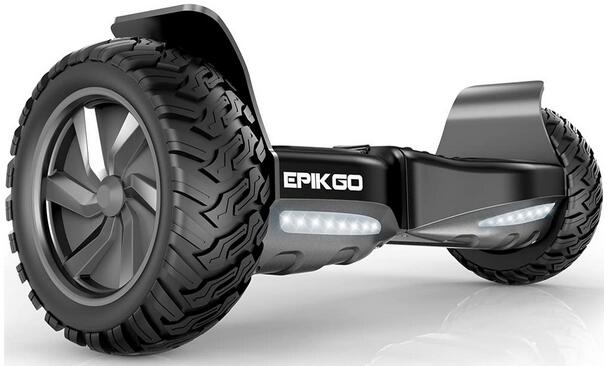
The EPIKGO Sport Plus is a top-tier water-resistant hoverboard designed for all-terrain use. Its robust build ensures durability and reliability, making it suitable for outdoor adventures.
This hoverboard features a powerful motor, allowing it to reach an impressive top speed of 12 mph. The water-resistant capability of the EPIKGO Sport Plus is excellent, meaning you can confidently ride it in wet conditions without worrying about damage.
However, it is important to note that the EPIKGO Sport Plus is on the expensive side and weighs a bit more than other models.
2. Gyroor Warrior
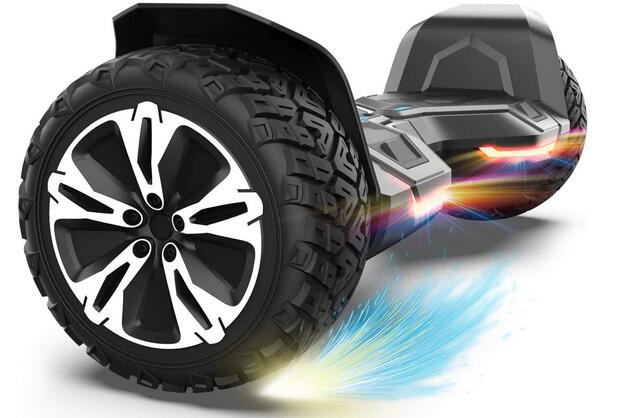
The Gyroor Warrior is a water-resistant hoverboard that stands out with its unique design. This hoverboard boasts powerful motors, enabling it to reach a top speed of 9.95 mph. The water resistance of the Gyroor Warrior ensures you can confidently ride it even in damp environments.
Additionally, the Gyroor Warrior features LED lights that not only enhance its appearance but also provide visibility during nighttime rides. One downside of the Gyroor Warrior is its limited range, which may require more frequent recharging. Additionally, it is a bit heavier compared to some other models.
3. Swagtron T580
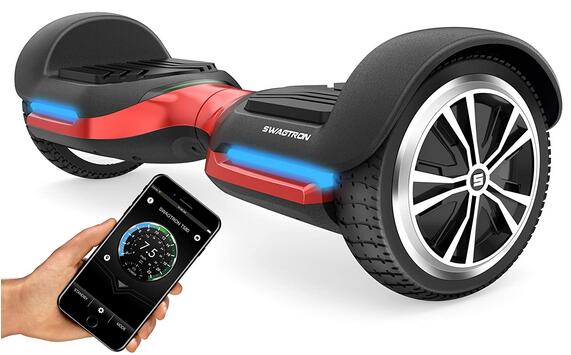
If you’re seeking a water-resistant hoverboard with additional features, the Swagtron T580 might be the one for you. Along with its water resistance, this hoverboard includes Bluetooth speakers, allowing you to enjoy your favorite tunes as you ride.
The Swagtron T580 has a top speed of 7.5 mph and a range of 8 miles. While its water resistance is reliable, it is essential to note that the Swagtron T580 has a slightly lower top speed compared to some other models. Additionally, the range may be limited for longer rides.
4. Razor Hovertrax 2.0
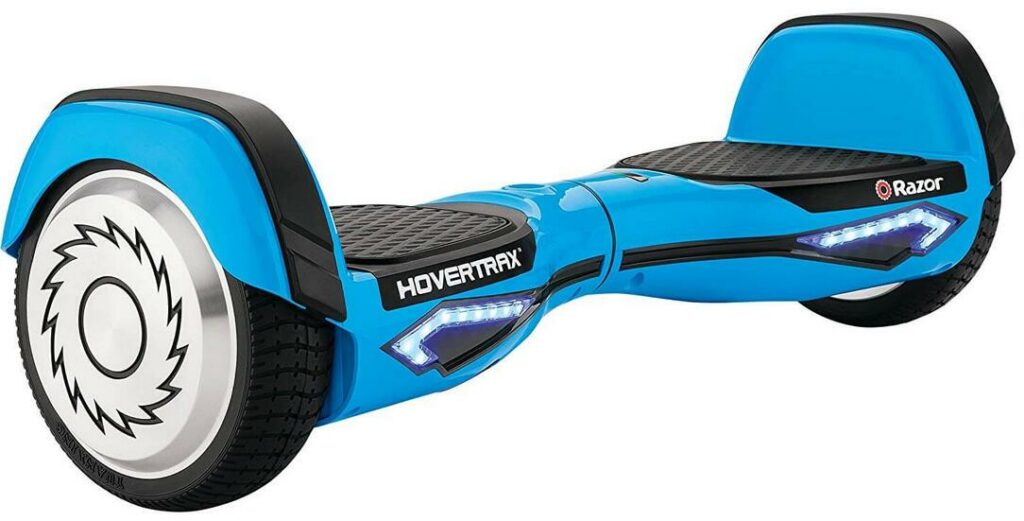
The Razor Hovertrax 2.0 is a sleek and water-resistant hoverboard with a focus on portability. Its lightweight design makes it easy to carry and maneuver. With a top speed of 8 mph and a range of 115 minutes, the Hovertrax 2.0 provides a decent riding experience.
The water resistance of this hoverboard ensures it can withstand wet conditions. Furthermore, its quick charge time allows you to get back on the road swiftly.
However, the limited range may be a drawback for those seeking longer rides, and the top speed is relatively moderate compared to some other models.
5. Segway Ninebot S
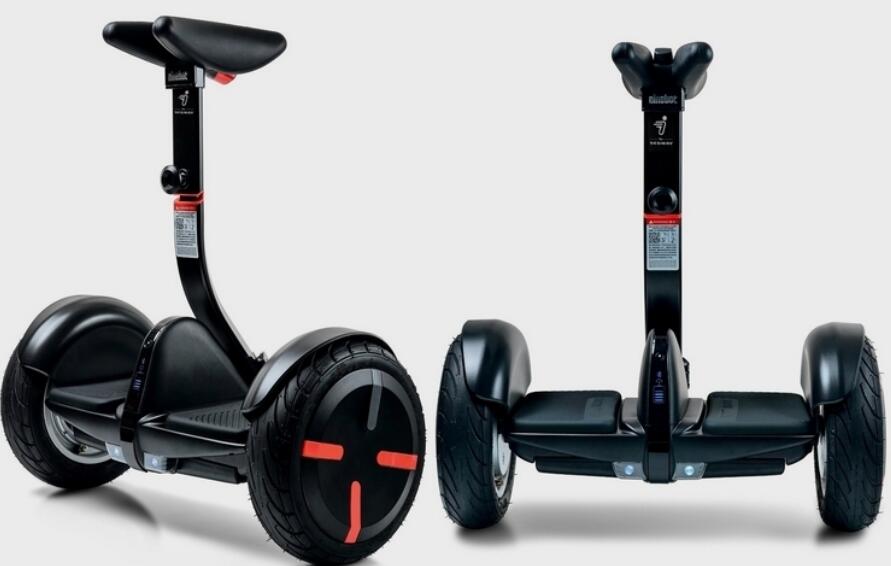
The Segway Ninebot S is a premium water-resistant hoverboard known for its sturdy build and exceptional performance.
With a top speed of 10 mph and a range of 13.7 miles, this hoverboard offers impressive capabilities. The water resistance of the Segway Ninebot S is reliable, allowing you to confidently ride it in various weather conditions. However, its premium features come at a higher price point, and it is also heavier compared to other models.
6. TOMOLOO V2 Eagle
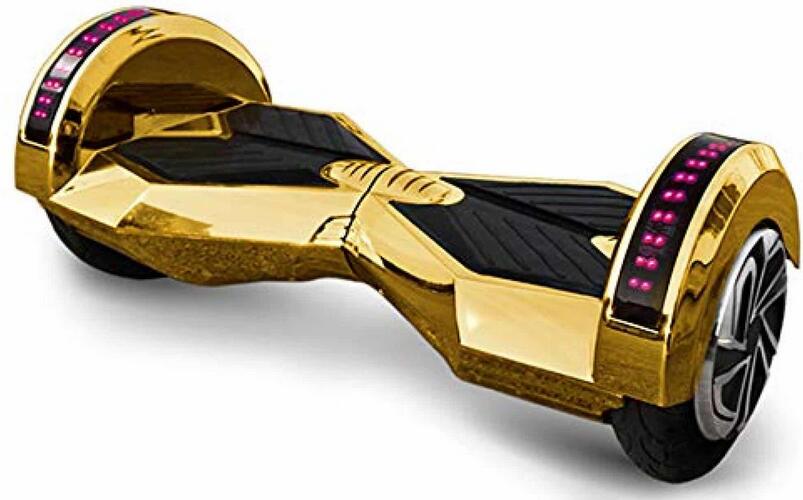
For those seeking a water-resistant hoverboard that stands out with its vibrant LED lights, the TOMOLOO V2 Eagle is an excellent choice. This hoverboard not only offers reliable water resistance but also adds a colorful touch to your ride.
With a top speed of 8.7 mph and a range of 12 miles, it provides a good balance between performance and endurance. However, it is slightly slower compared to some other models in terms of top speed, and it is also a bit heavier.
7. CHO Spider Wheels Series
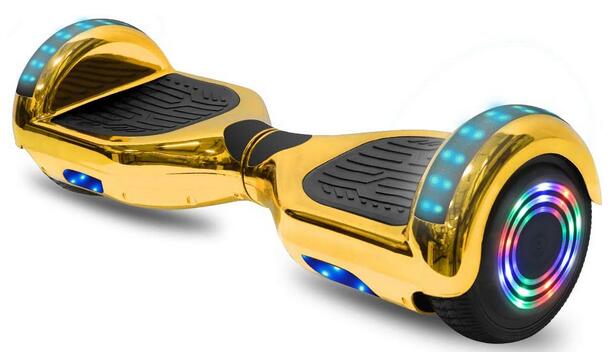
The CHO Spider Wheels Series is an affordable water-resistant hoverboard with a unique spider-like design. Its water resistance ensures you can confidently ride it in wet conditions without compromising its performance.
With a top speed of 7.5 mph and a range of 12 miles, it offers decent performance for its price. The CHO Spider Wheels Series may not have the fastest top speed or the lightest weight, but its affordability and unique design make it an attractive option.
What to Do If Your Hoverboard Gets Wet
If your hoverboard gets wet, it’s essential to take immediate action to minimize damage and prevent further issues. Here are the steps to follow:
- Power Off: Immediately turn off the device to prevent any potential short circuits or electrical damage.
- Remove Battery (If Possible): If your hoverboard allows for battery removal, carefully detach it from the device. This step helps prevent any potential damage to the battery and electronics.
- Dry Thoroughly: Use a soft cloth or towel to gently dry the exterior of the hoverboard. Pay close attention to any exposed connectors or ports. Avoid using heat sources or hair dryers, as excessive heat can damage the components.
- Allow Sufficient Drying Time: After the initial drying, allow your hoverboard to air out in a well-ventilated area for at least 24 hours. This step helps ensure that any residual moisture evaporates, reducing the risk of internal damage.
For serious water exposure or if you notice any ongoing issues with your hoverboard, it’s best to seek professional assistance or contact the manufacturer for guidance.
FAQs
Can I ride my hoverboard in the rain?
While some hoverboards may have a certain level of water resistance, it is generally not recommended to ride them in the rain. Excessive exposure to water can still lead to potential problems, and it’s best to exercise caution to avoid damage to your device.
What happens if my hoverboard gets submerged in water?
Submerging a hoverboard in water can cause significant damage to the internal electronics and components. It is crucial to avoid submerging the device in water whenever possible.
How can I tell if my hoverboard’s water resistance has been compromised?
Inspect your hoverboard regularly for any visible signs of damage, such as corrosion, rust, or water inside the casing. If you notice any issues or unusual behavior, it’s best to consult with a professional or contact the manufacturer for assistance.
Conclusion
Remember that while some hoverboards have better water resistance than others, no hoverboard is entirely waterproof. By following the recommended tips and taking proper care of your hoverboard, you can enjoy your rides with peace of mind, even in damp conditions.

